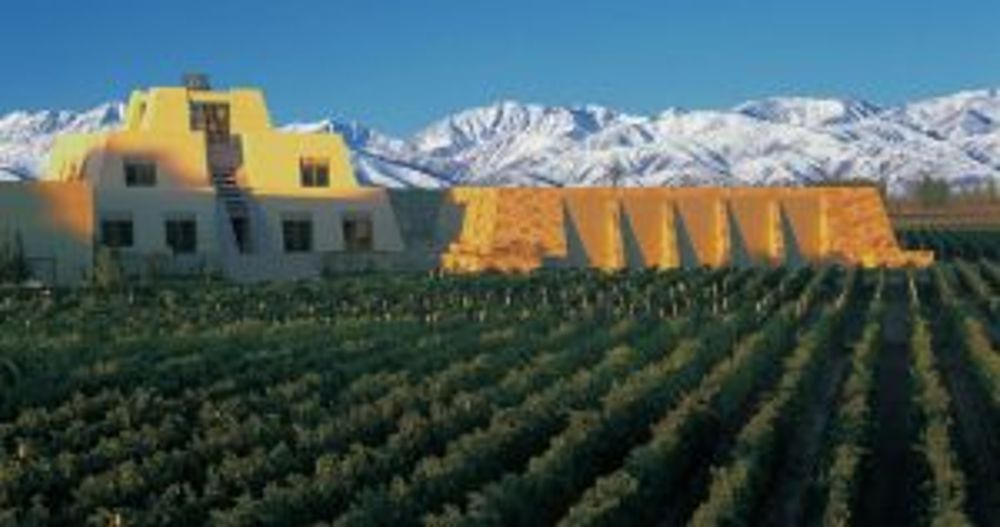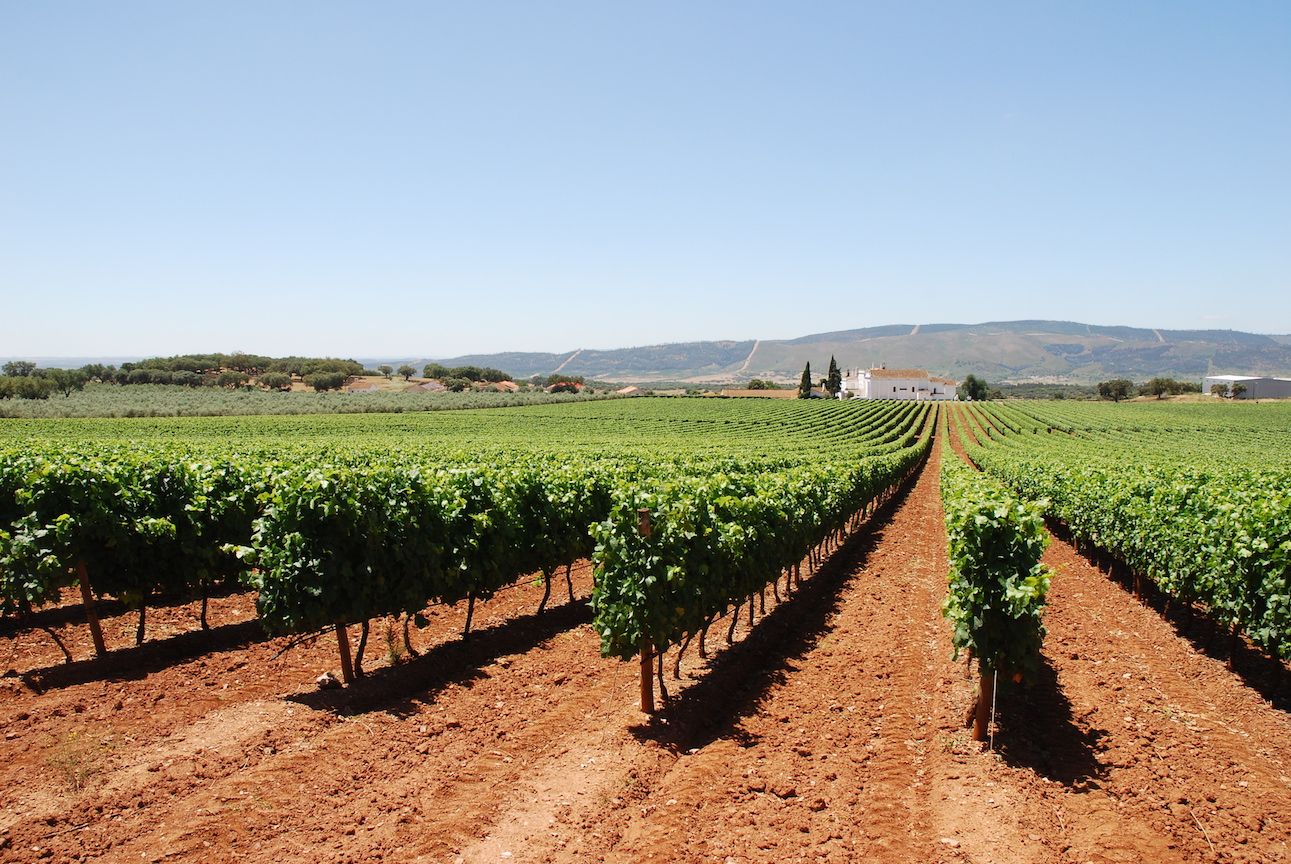Over 800 wines from Portugal produced by 80 producers were being shown at the annual London tasting organised by Wines Of Portugal. A surprising number of single varietal wines were on offer, although it is still the blends that are showing off Portugal’s uniqueness.
“I’ve always said this is one of the best organised tastings: everything seems to work so smoothly,” says Tim Stanley-Clarke, a port specialist who worked for years with Symington Family Estates and Fells, gazing down from the gallery of London’s Royal Horticultural Halls at the stands below.
The Wines of Portugal‘s 2017 tasting, held in early April, was no exception.
In a venue that can be quite crowded and chaotic, there were well laid-out and identified stands, special 15 minute speed tastings to give visitors an idea of the breadth of Portugal’s offering and a delicious lunch-buffet of Portuguese specialities – a welcome change from some generic tastings which increasingly don’t bother to provide anything.
This year, for the first time, the tasting was organised by region rather than importer – a big advance, particularly for the consumer tasting which immediately followed, enabling the visitor to head directly for Vinho Verde, Alentejo or Douro and meet respective producers there.
People are starting to get the message about Portugal as a country
Nuno Vale, head of marketing for Vini Portugal, says the change – producers were organised by importer before – is important because it enables visitors to better identify with individual wines and learn more about regional differences and typicity.

Nuno Vale, head of marketing at Vini Portugal
“Our experience of UK consumers – but also consumers from other countries – is that they are getting more involved with wine, they want to learn and this makes them more inclined to trade up. People don’t mind paying more if they feel they are getting a lot back – in this case, a sense of place and of tasting something different,” he says.
Vale says that Portugal’s wine industry has never been so healthy, helped in part by the boom in tourism in the country – breeding familiarity and thus boosting appreciation of Portuguese wine – but also by the apparent collective agreement by Vini Portugal, the wine regions and DOCs and individual producers about the general direction of the industry.
“We are attempting to communicate not just the wines but the country itself – the food, the people, and what makes one region different from another. At the end of the day, when someone buys a Portuguese wine, they are buying a wine from somewhere, made with care by someone; they are buying something authentic,” he says.
Certainly, the figures seem to bear this out. Vale says the value of Portuguese wine exports to the UK reached Euro 75m, with two thirds of this being port and one third wine, with wine continuing its advance: still wine exports to the UK last year increased 13.1% in value and almost 14% in volume last year.

Great interest was shown in the wines from the Vinho Verde area
Whites have shown a notable advance, reflecting a strong performance by the Vinho Verde region – which is almost exclusively white – but also by regions more generally associated with red wine (notably Douro and Alentejo) improving both the quality and quantity of their white offering.
“DOC and regional wines have been driving this growth much more than the entry level with the trade and consumers both recognising that the quality and range of white wines has improved dramatically in recent years,” says Vale.
Tasting at this year’s annual London event held by Wines of Portugal
A wander around the tasting confirmed what Vale was saying.
Throughout the time I was present, there was a gaggle of activity around the Vinho Verde stands, with outstanding producers such as Anselmo Mendes, Soalheiro and Adega Cooperativa de Monção mobbed by visitors.
However, other regions also had great whites to offer, notably Dao where the emblematic Encruzado grape produces rich and aromatic wines (try Quinta dos Roques for great oaked and unoaked examples) and Alentejo, where Antao Vaz does much the same, often with the addition of Arinto to give the wine more bite and structure (try Herdade de Malhadina Nova, both estates wines are imported by Raymond Reynolds).
However, so many producers here were showing well it is hard to single them out.

Honourable mention goes to Luis Pato
As always honourable mention must go to Portugal’s great iconoclasts notably Luis Pato (from Barraida, famous for his inventive and always impressive use of the tricky Baga grape) and Dirk Niepoort (originally and most famously from the Douro but now making impressive wines in Dao and Barraida, all bearing Dirk’s trademark approach of focusing on native varietals and keeping wines fresh and low-ish in alcohol).
But more traditional producers were also showing well, notably Herdade do Mouchão and Esporão; David Baverstock, chief winemaker for the latter, says the plan is to make all the estate wine from the latter bio-dynamic within the new few years.
A surprising number of single varietal wines were on show
These and other producers at the tasting were showing a surprising number of single varietal wines, usually made from indigenous grapes: the former a rich and sumptuous Alicante Bouschet and the latter a good value Trincadeira alongside a Touriga Nacional and various others, and lots of delicious Alvarinhos from Vinho Verde.
However, the winemakers stress that the purpose is not to take on Australia or Spain by boosting production of single variety wines at the expense of blends; rather to make these wines to illustrate what the individual varieties can do and what they bring to the blend which, in nine cases out of ten is the main focus of the Portuguese winemaker.
“Single variety wines from Portugal can be very interesting but for us the blend will always be better because it goes to the heart of what we do and who we are,” says David Ferreira, senior director of Mouchão. “It’s always been said that the Portuguese soul goes into the blend, and I still believe that.”
Nuno Vale echoes this. He suggests that the typical Portuguese wine – a blend of many varieties, with most of them indigenous – has always been the main driver of the industry, and a key reason it is doing so well now.
But he says the trend towards making individual varietal wines (from such outstanding varieties like Baga, Arinto, Touriga Nacional and of course, Alvarinho in Vinho Verde) is also encouraging because it further helps showcase what makes Portugal special.

“I truly believe Portuguese wine is enjoying its best moment ever right now – I have never seen such enthusiasm as over the past three years. And not just in the UK. Last year there were 1500 articles about Portuguese wine in the US media and our wines won more prizes, relative to the size of our industry, than most other producing nations.”
“We are enjoying double digit sales growth in the US but also in Poland, Switzerland and many other countries. Why? Because we have a good and authentic story to tell.”










































